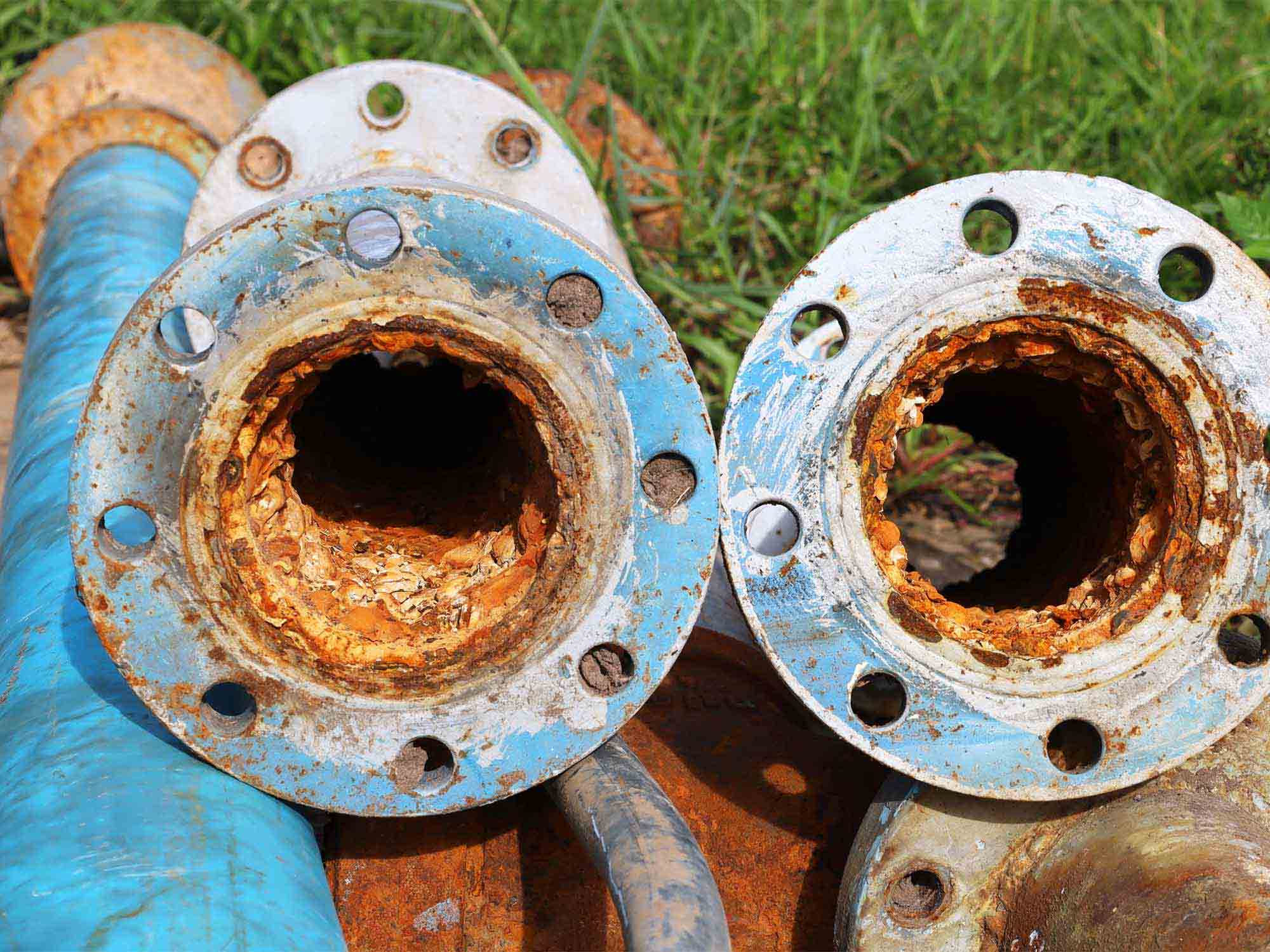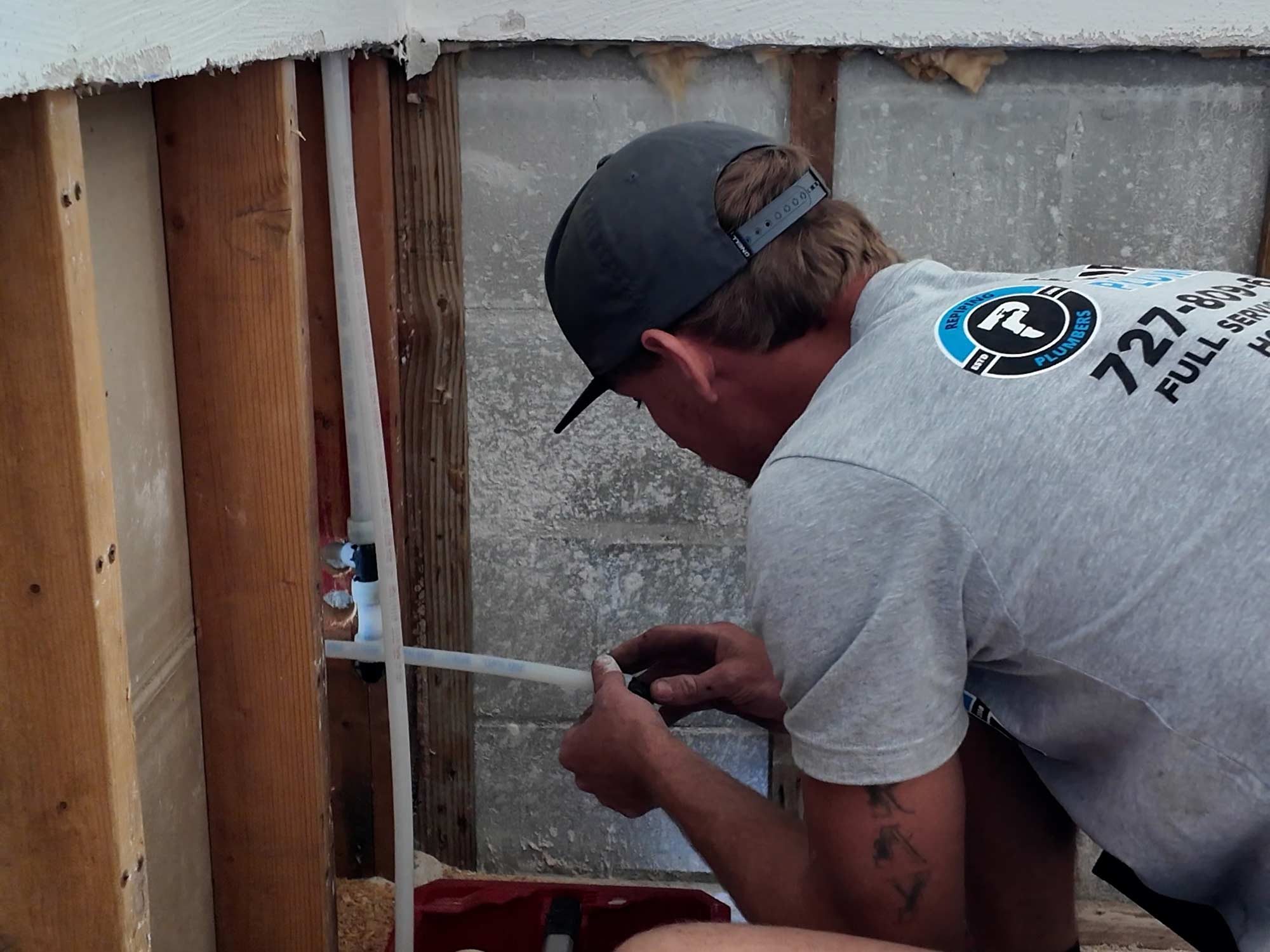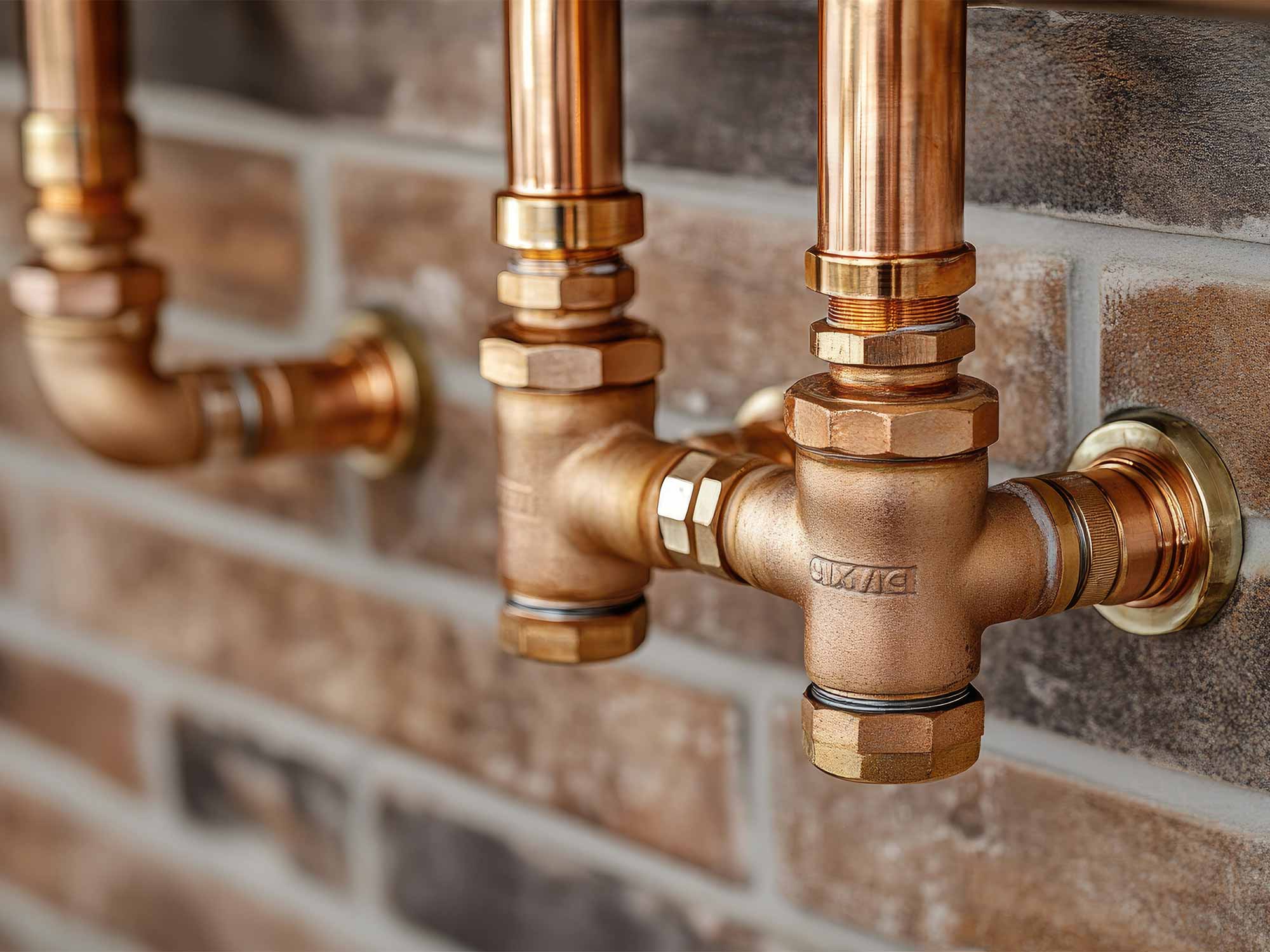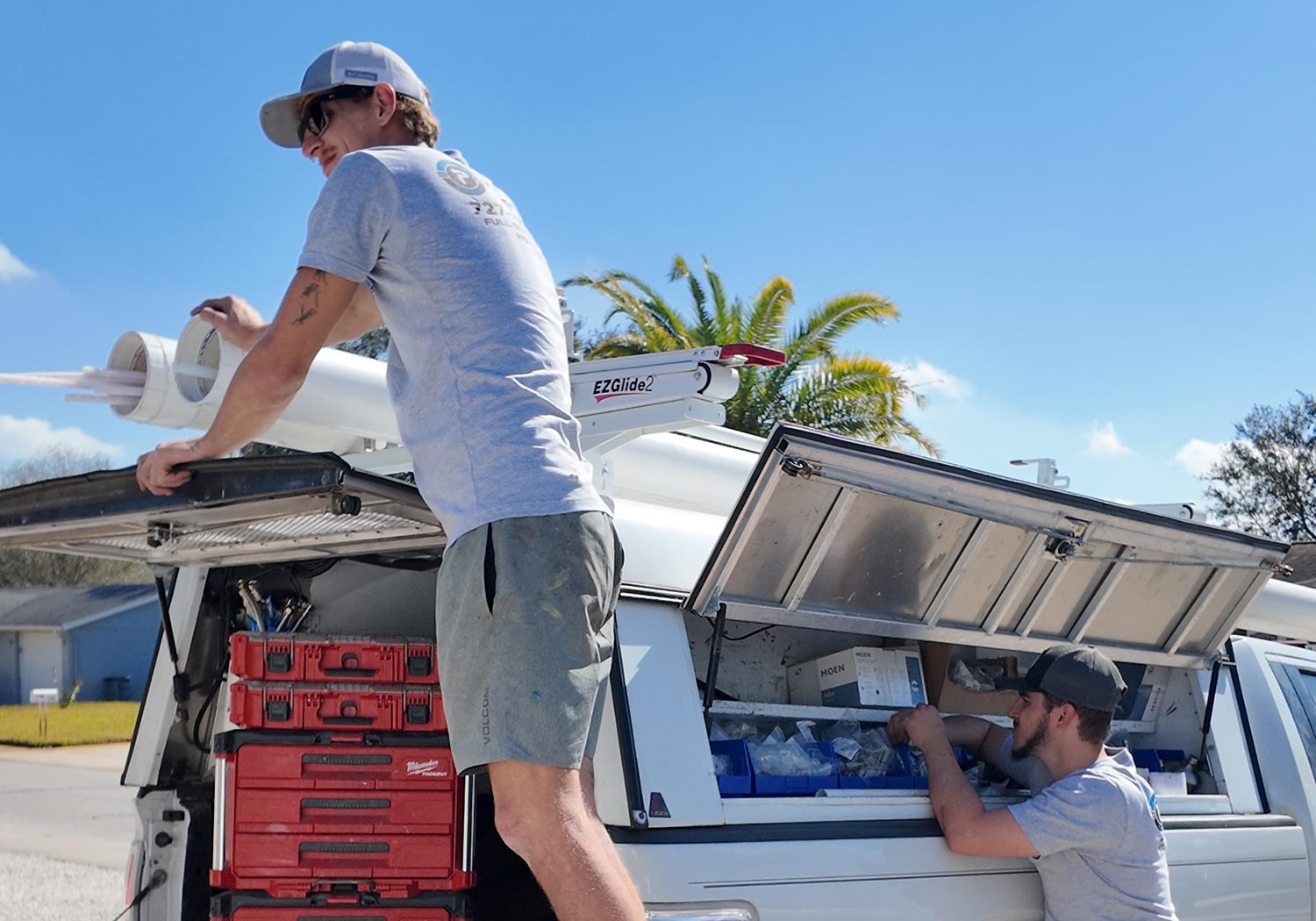Galvanized pipes were a staple in plumbing systems during the mid-20th century, prized for their durability and resistance to rust. However, as these pipes age, questions arise about their longevity and performance. If you own a home with galvanized pipes or are considering replacing them, understanding their lifespan is crucial. In this blog, we will share a crash course on galvanized pipes as well as a major plumbing repipe solution.
What Are Galvanized Pipes?
Galvanized pipes are steel pipes coated with a layer of zinc to prevent corrosion and rust. This protective layer helps the pipes withstand moisture and extend their service life. They were commonly used in homes built before the 1960s for water supply lines.
Average Galvanized Pipe Lifespan
The lifespan of galvanized pipes depends on several factors, including:
- Water Quality: Hard water with high mineral content can speed up corrosion, shortening the pipes’ lifespan.
- Installation Quality: Proper installation can extend their longevity, while poor installation may lead to early failure.
- Environment: Pipes in damp or humid areas tend to corrode faster.
- Usage: Heavy water usage may wear down the zinc coating more quickly.
On average, galvanized pipes last between 40 to 70 years, but some may begin to show signs of failure sooner.
Signs Your Galvanized Pipes Are Failing
As galvanized pipes age, they become vulnerable to corrosion and mineral buildup. Watch for these warning signs:
- Low Water Pressure: Corrosion and buildup can restrict water flow, leading to reduced pressure.
- Discolored Water: Rusty or brown water is a common sign of pipe deterioration.
- Leaks: Corrosion weakens pipes, making them prone to leaks.
- Frequent Repairs: Repeated plumbing issues may indicate systemic pipe problems.
- Visible Rust: If you can see rust on exposed pipes, it’s likely affecting the interior as well.
Risks of Old Galvanized Pipes
Failing galvanized pipes pose several risks, including:
- Health Hazards: Corroded pipes can release lead and other harmful metals into your water supply.
- Water Damage: Leaks from deteriorated pipes can cause costly damage to your home.
- Decreased Property Value: Outdated plumbing may reduce your home’s appeal to potential buyers.
How Much Does It Cost To Replace Galvanized Pipes?
If your home still has galvanized pipes, replacing them is a wise investment. Modern alternatives like copper, PEX, or PVC pipes offer better durability and performance. Consider pipe replacement if:
- Your pipes are over 50 years old.
- You’re experiencing frequent plumbing issues.
- Your water quality has noticeably declined.
This is where the Repiping Plumbers shine with our PEX repipe solutions. We bring over 8 years experience in home repipe services and galvanized steel water pipes replacement. We can handle repipes in under 1 day, far sooner than the average 3-7 days from start to finish!
Conclusion
Galvanized pipes have served many homes well, but their age and susceptibility to corrosion make them a liability over time. Understanding the galvanized pipe lifespan cycle and recognizing the signs of failure can help you address issues before they escalate. If you’re uncertain about the condition of your pipes, reach out to our team of repipe specialists now to evaluate your system and we’ll recommend the best course of action. Upgrading your plumbing not only ensures safe and reliable water flow, but also protects your home and health for the future.




